Home>Ideas and Tips>Indoor Pothos Plant Care Tips and Easy Trailing Houseplants


Ideas and Tips
Indoor Pothos Plant Care Tips and Easy Trailing Houseplants
Published: September 24, 2024
Discover essential care tips for indoor Pothos plants. Learn how to keep these easy trailing houseplants healthy and vibrant in any lighting condition.
(Many of the links in this article redirect to a specific reviewed product. Your purchase of these products through affiliate links helps to generate commission for Storables.com, at no extra cost. Learn more)
Pothos, also known as Epipremnum aureum, is one of the most versatile and low-maintenance houseplants you can have. This tropical vine is native to Southeast Asia and has become a favorite among indoor gardeners due to its ability to thrive in a variety of lighting conditions and its effortless care requirements. In this article, we will delve into the essential care tips for your indoor Pothos plant, helping you to keep it healthy, thriving, and beautifully trailing.
Choosing the Right Pothos Variety
Before we dive into the care tips, it's important to note that there are several varieties of Pothos plants available. The most common ones include:
- Golden Pothos: Known for its heart-shaped leaves with yellow variegation.
- Neon Pothos: Features lime-green leaves.
- Marble Queen Pothos: Characterized by deep green and white variegation.
Each variety has its unique charm, but they all share the same easy-going nature when it comes to care.
Lighting Requirements
One of the most significant advantages of having a Pothos plant is its ability to tolerate a wide range of lighting conditions. Here’s how you can optimize the lighting for your Pothos:
Bright Indirect Light
Pothos plants thrive in bright, indirect light. This means placing them near an east- or west-facing window where they can receive gentle sunlight without getting scorched. Bright indirect light encourages healthy growth and vibrant leaf colors.
Medium to Low Indirect Light
If you don’t have a window with direct sunlight, don’t worry Pothos can also do well in medium to low indirect light. This is perfect for north-facing homes or rooms with limited natural light. Just be aware that the plant may grow slower in these conditions.
Avoid Direct Sunlight
Direct sunlight should be avoided as it can cause the leaves to burn and turn brown. If you notice your Pothos leaves are discolored or damaged, it’s likely due to too much direct sunlight. Move the plant to a spot with filtered or indirect light to prevent further damage.
Watering Tips
Watering is one of the most critical aspects of caring for your Pothos plant. Here are some guidelines to ensure you’re watering correctly:
Frequency of Watering
Pothos plants typically need to be watered every 1-2 weeks. However, this frequency can vary depending on the lighting conditions and the size of the plant. For example, if your Pothos is placed in brighter light, it will dry out faster and require more frequent watering.
Signs of Overwatering
Overwatering is a common mistake that can lead to root rot and other issues. Here are some signs to look out for:
- Yellowing Leaves: If the leaves turn yellow, it could be a sign of overwatering. Trim back the affected leaves to encourage new growth and adjust your watering schedule accordingly.
- Black Stems: Blackened stems are another indication of overwatering. Cut off the affected stems to prevent further damage.
- Root Rot: If you notice the roots are rotting, it’s essential to repot the plant in fresh soil and ensure the soil drains well to prevent future occurrences.
Signs of Underwatering
On the other hand, underwatering can cause the leaves to wilt and turn brown. Here’s how you can identify and address this issue:
- Shriveled Leaves: If the leaves are shriveled or wilted, it’s likely due to underwatering. Increase the frequency of watering while ensuring the soil isn’t too wet.
- Dry Potting Mix: Check if the potting mix is dry by sticking your finger into it. If it feels dry, it’s time for a drink.
Consistent Watering Schedule
Consistency is key when it comes to watering your Pothos plant. Try to maintain a regular schedule based on the plant’s needs. For example, during the growing season (spring and summer), you may need to water more frequently than during the winter months when growth slows down.
Humidity Levels
Pothos plants can thrive in normal or even dry air conditions. However, if you want to provide optimal conditions for your plant, aim for humidity levels between 50-70%. This is especially beneficial if you live in a dry climate or have air conditioning running constantly.
Temperature Preferences
Most houseplants prefer temperatures between 65°F-85°F (18°C-30°C). Pothos plants are no exception. Avoid placing them near heating vents or air conditioning units as sudden temperature changes can stress the plant. If possible, keep your home at a consistent temperature within this range.
Fertilization
Pothos plants are light feeders and don’t require frequent fertilization. Here’s how you can fertilize your plant:
Balanced Fertilizer
Use a balanced liquid houseplant fertilizer every 1-3 months during the growing season. This will help keep your Pothos looking healthy and vibrant.
Avoid Overfertilizing
Overfertilizing can be detrimental to your plant. Stick to the recommended dosage and avoid fertilizing during the winter months when growth is slower.
Pruning and Training
Pruning and training are essential for maintaining the shape and health of your Pothos plant. Here’s how you can do it:
Trailing Habit
If you want to encourage a trailing habit, simply let the vines grow naturally. You can place them on top of a shelf or pedestal, and they will eventually trail down.
Bushy Look
For a bushy look, pinch off new growth. This will help control the length of the vines and keep the plant compact.
Pruning Long Runners
Trim back long runners to keep the plant full and bushy. This will also encourage new branches to sprout, promoting healthy growth.
Repotting
Repotting is necessary when your Pothos plant becomes root-bound. Here’s how you can repot your plant:
Signs of Root-Bound
If your plant becomes droopy no matter how much you water it, this could be a sign that it’s root-bound. Check if the roots are circling tightly within the potting mix.
Repotting Process
- Remove Plant: Carefully remove the plant from its container.
- Check Roots: Inspect the roots for any signs of circling or overcrowding.
- Repot: Place the plant in a new container that is 1-2 inches wider than the previous one.
- Fresh Potting Mix: Use fresh potting soil with added ingredients like perlite or lava rocks for better aeration.
Pest Control
Pothos plants are generally pest-free, but they can attract mealybugs or scale if not properly cared for. Here’s how you can address pest issues:
Identifying Pests
Look out for white cottony patches on the leaves or stems, which could indicate mealybugs. Scale insects appear as brown or black bumps on the leaves.
Treatment
- Rubbing Alcohol: Use a cotton swab dipped in 70% rubbing alcohol to wipe off the affected areas.
- Insecticidal Soap: Apply insecticidal soap directly to the pests to kill them.
Common Problems and Solutions
Here are some common problems you might encounter with your Pothos plant and their solutions:
Brown or Yellow Leaves
- Underwatering: Trim back affected stems to encourage new growth and increase watering frequency.
- Overwatering: Reduce watering and allow the soil to dry out more between waterings.
Loss of Foliage Color
- Low Light: Move the plant to a brighter location to restore color.
Pale or Brown Leaves
- Too Much Sunlight: Move the plant to a location with less light to prevent further damage.
Blackened Leaves or Stems
- Overwatering: Cut off affected branches and allow the soil to dry out completely before watering again.
Shriveled, Yellow, Wilted, or Brown Edges on Leaves
- Underwatering: Increase watering as needed to prevent further damage.
Display Ideas
Pothos plants are incredibly versatile and can be displayed in various ways to enhance their beauty:
Hanging Baskets
Hang your Pothos in a basket to create a stunning cascading effect. This is perfect for adding a touch of greenery to any room.
Plant Stands
Place your Pothos on a plant stand to showcase its trailing vines. This is ideal for corner spaces or entryways.
Bookshelves
Train your Pothos to climb up bookshelves or any other vertical surface using its aerial roots. This creates a beautiful display that adds interest to any room.
Toxicity
It’s important to note that Pothos plants are toxic to pets and children if ingested. The leaves contain calcium oxalate crystals, which can cause oral and gastrointestinal irritation in humans and pets.
Conclusion
In conclusion, caring for a Pothos plant is an easy and rewarding experience. By following these care tips—whether it’s optimizing lighting conditions, maintaining a consistent watering schedule, or addressing common problems—you can keep your Pothos thriving and beautifully trailing. With its ability to purify the air and its low-maintenance requirements, the Pothos is an excellent choice for both beginners and experienced gardeners alike. So go ahead and add this versatile houseplant to your collection today!
By following these detailed care tips, you’ll be well on your way to becoming a successful Pothos plant parent. Remember to always observe your plant’s specific needs and adjust your care routine accordingly. With patience and proper care, your Pothos will continue to thrive and bring joy and beauty into your home for years to come.
Was this page helpful?
At Storables.com, we guarantee accurate and reliable information. Our content, validated by Expert Board Contributors, is crafted following stringent Editorial Policies. We're committed to providing you with well-researched, expert-backed insights for all your informational needs.
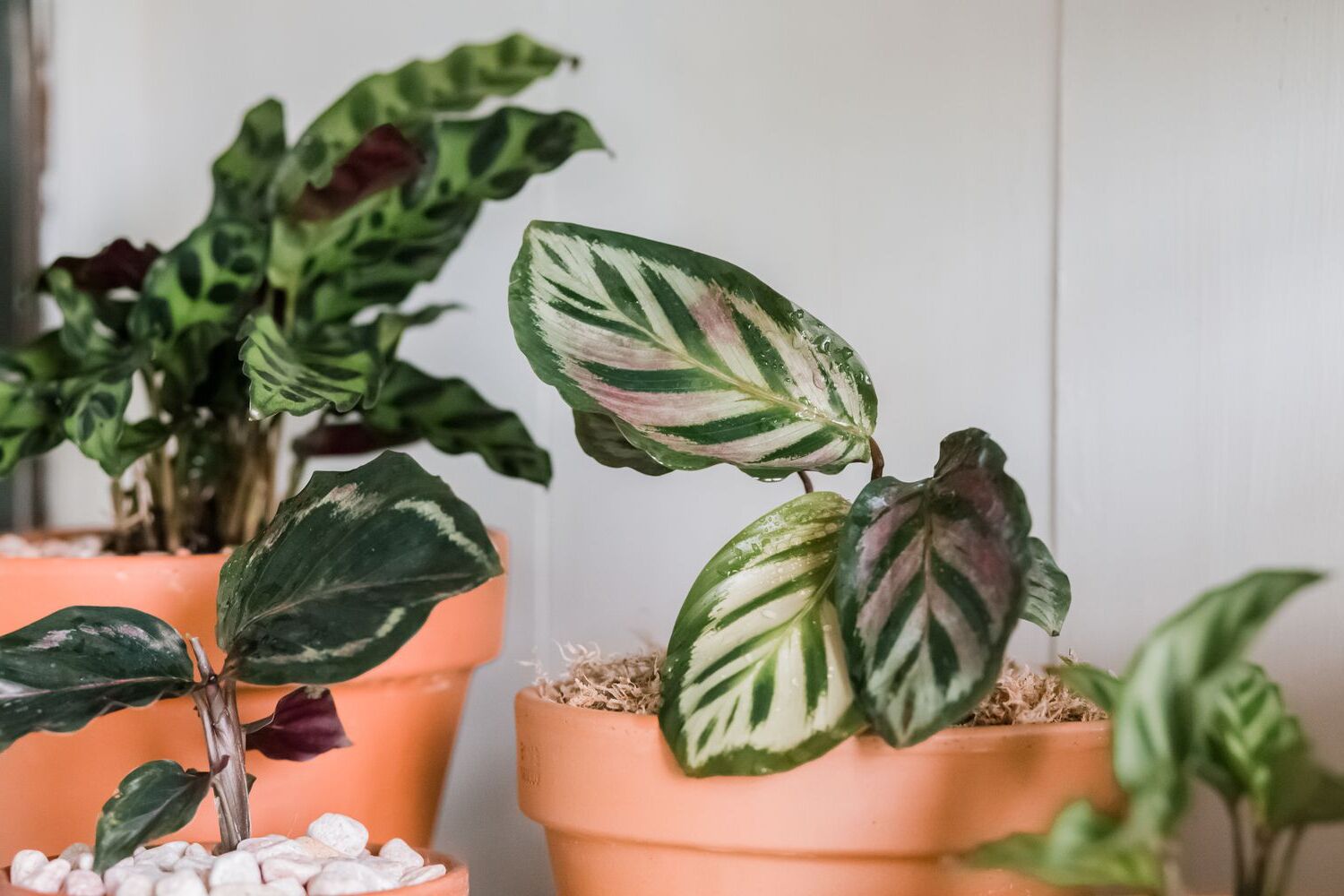
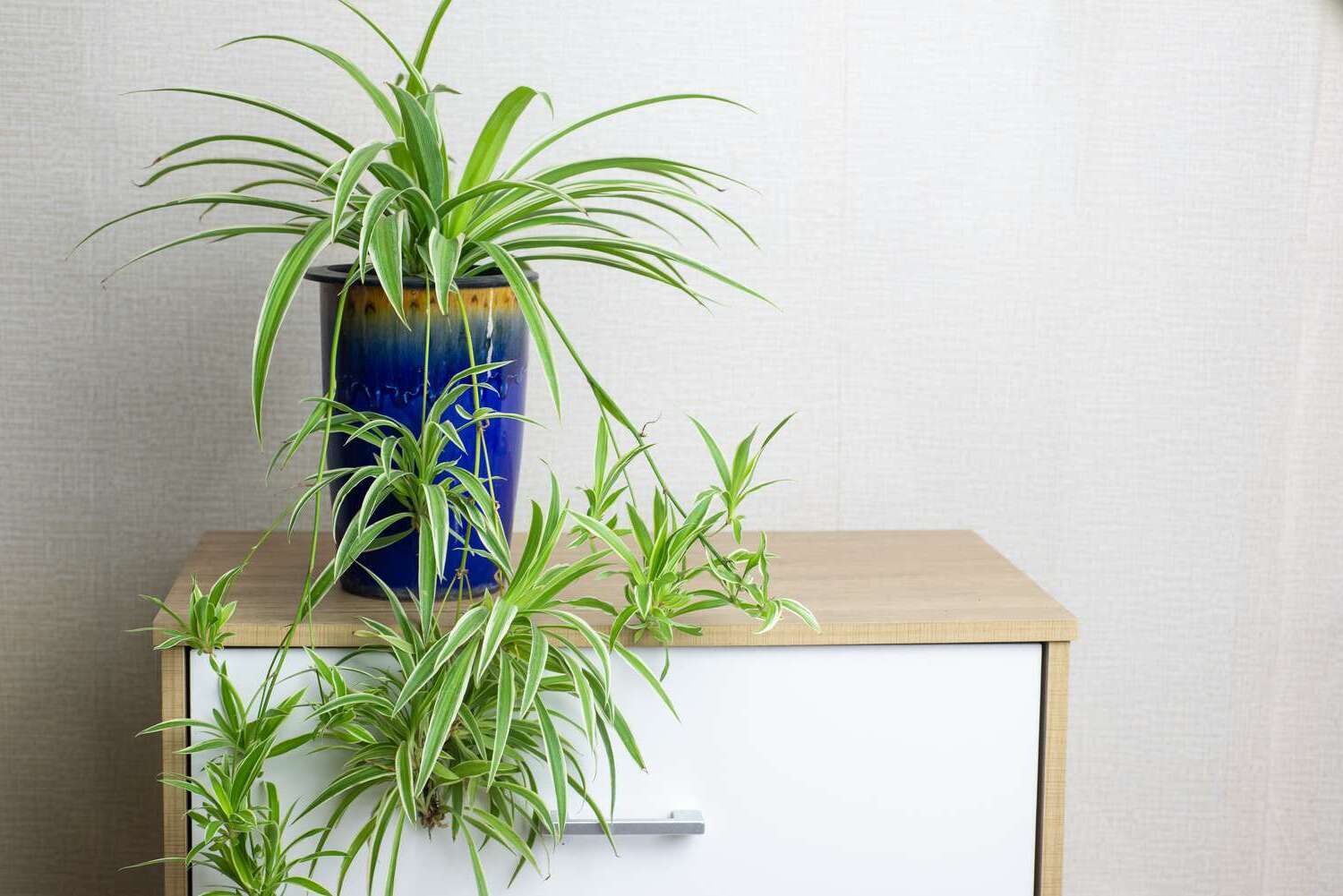
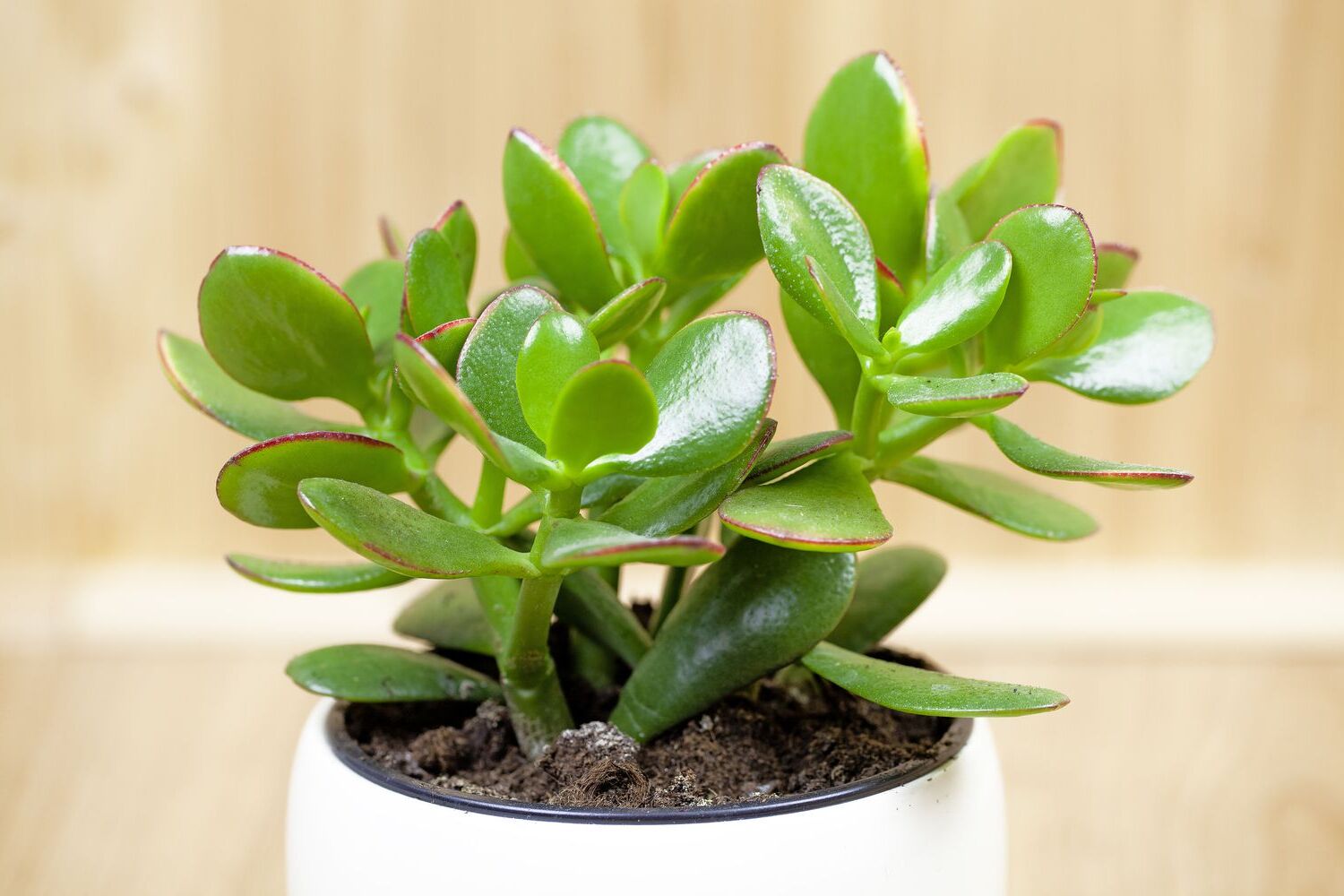
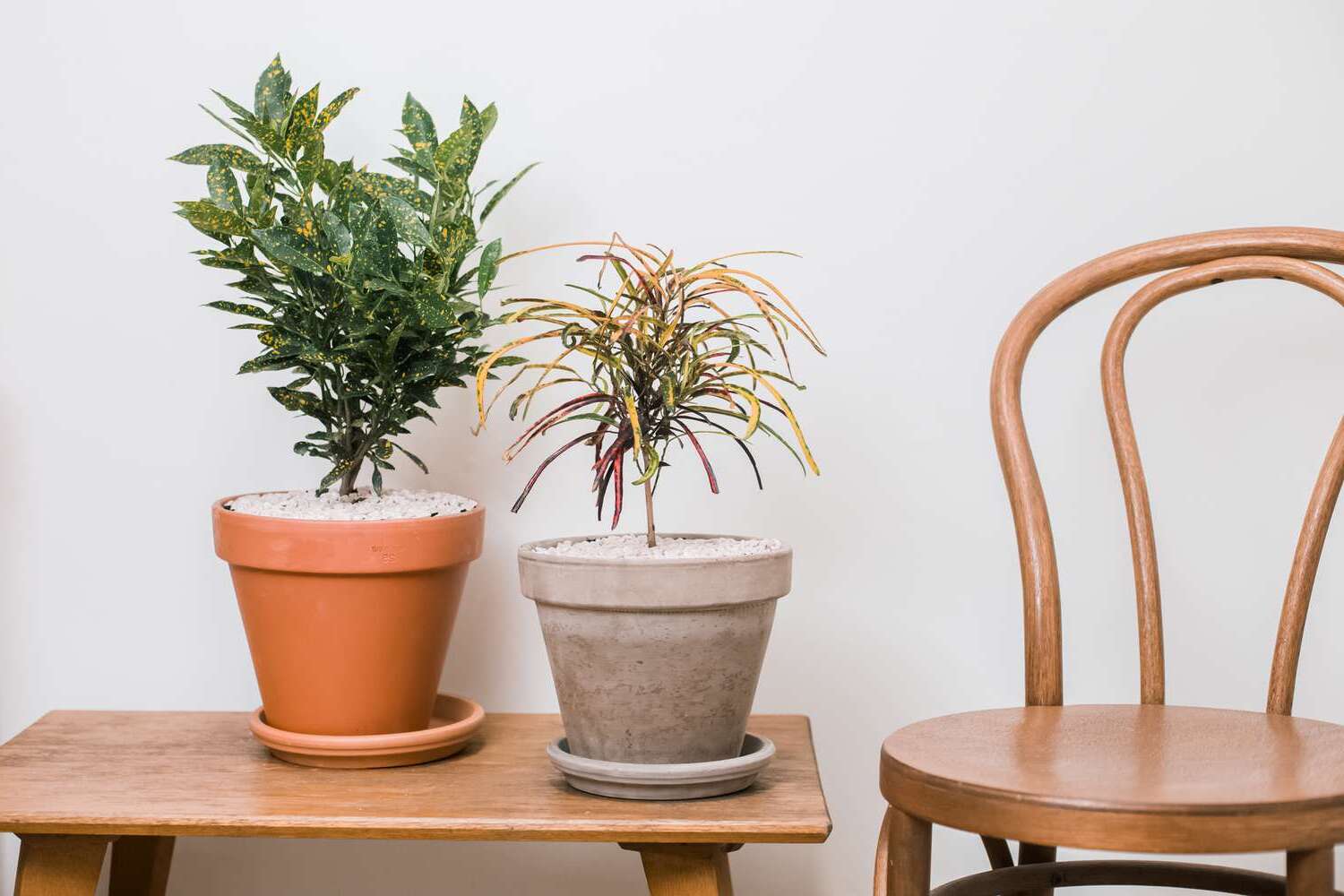
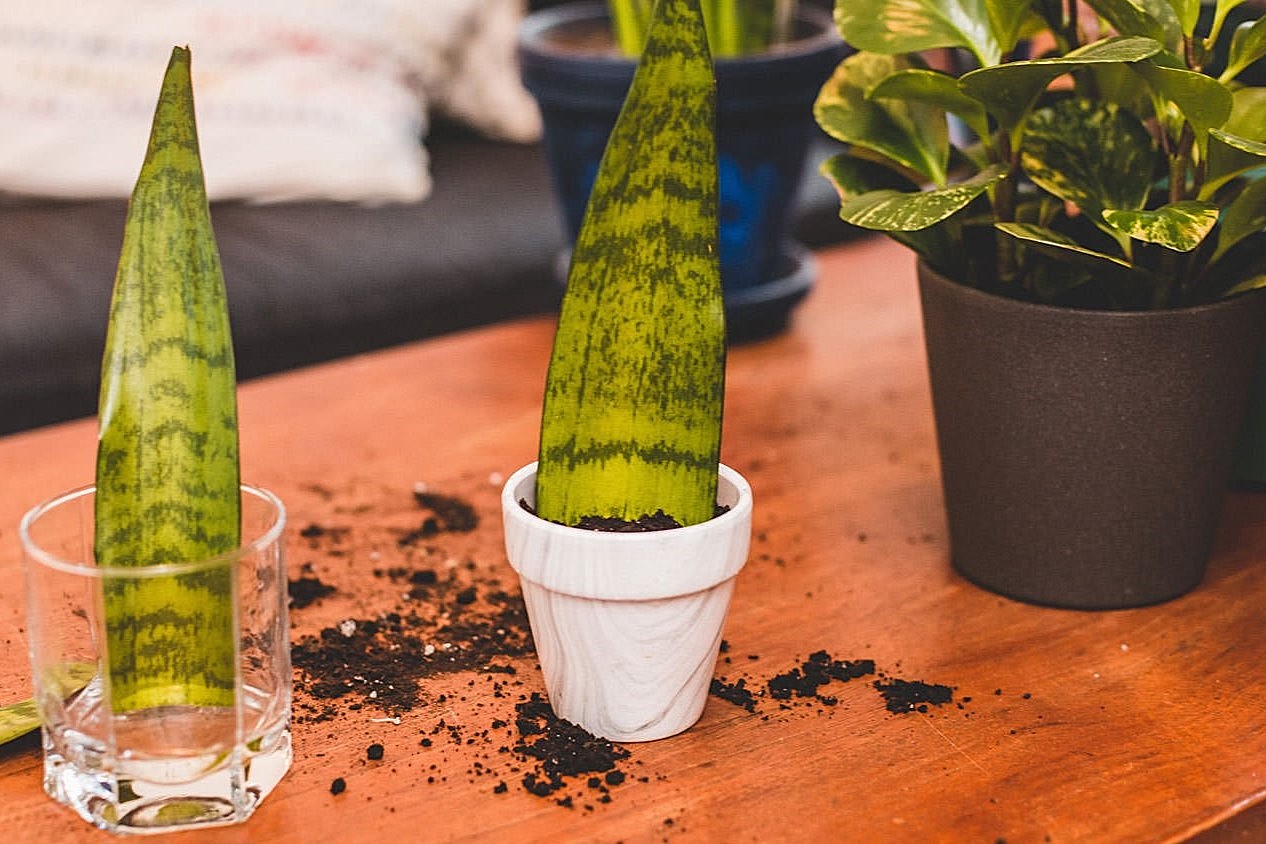
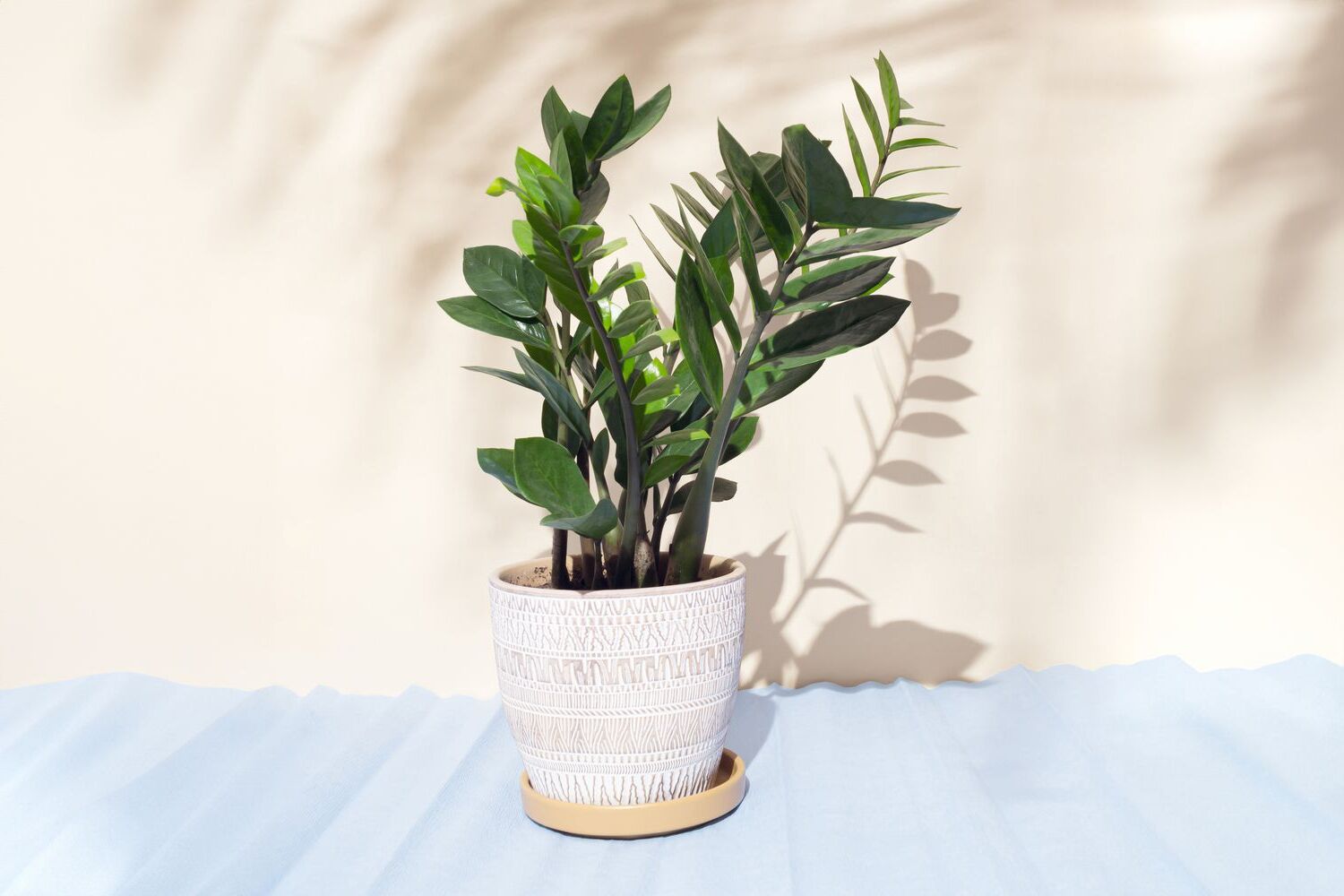
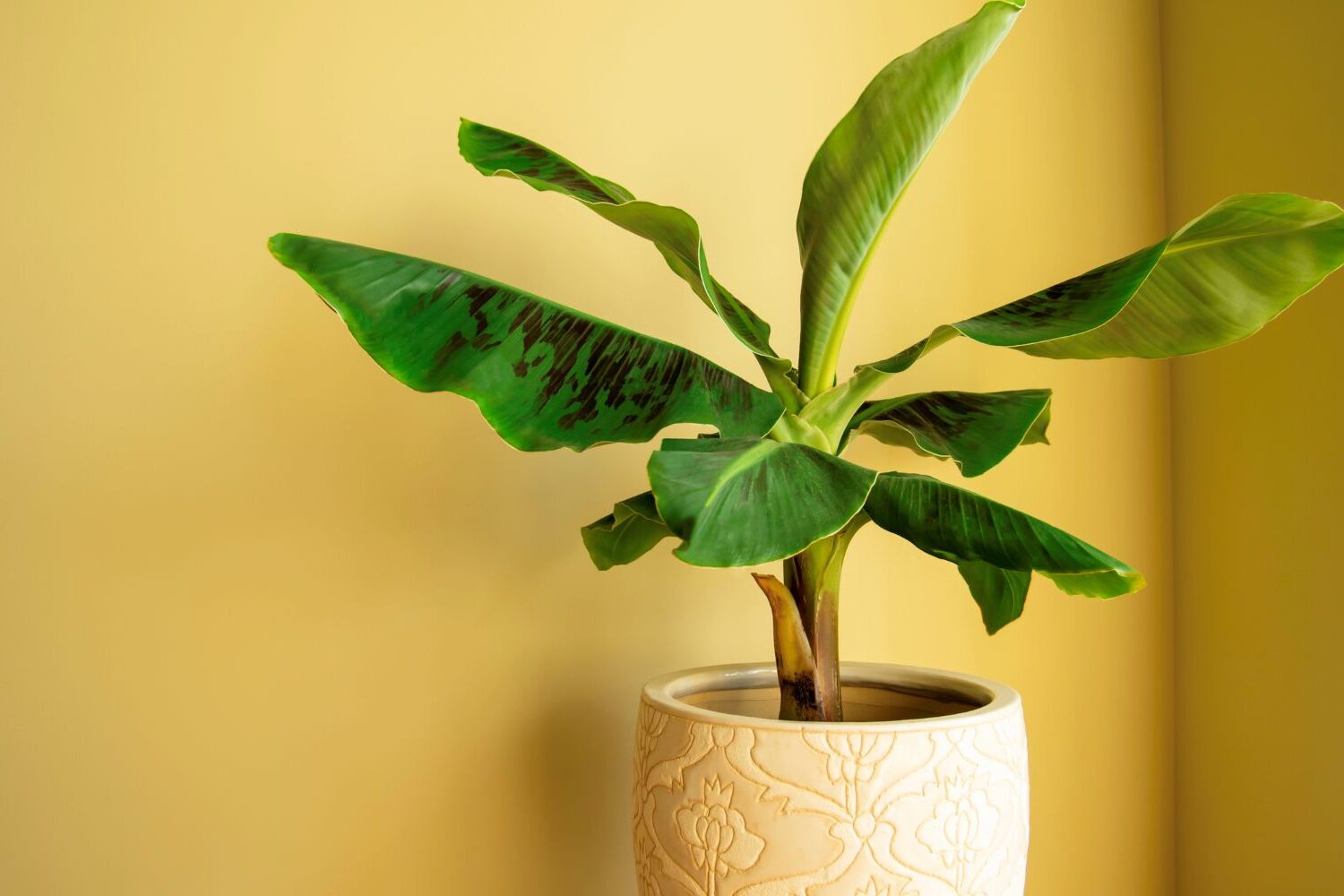

0 thoughts on “Indoor Pothos Plant Care Tips and Easy Trailing Houseplants”